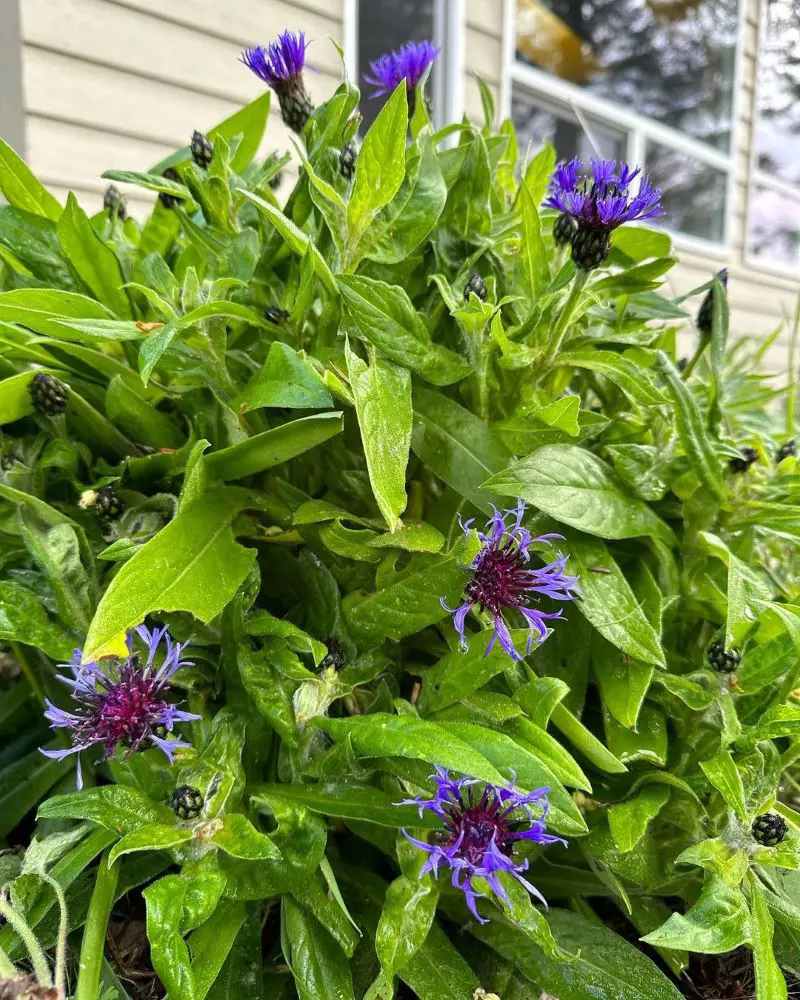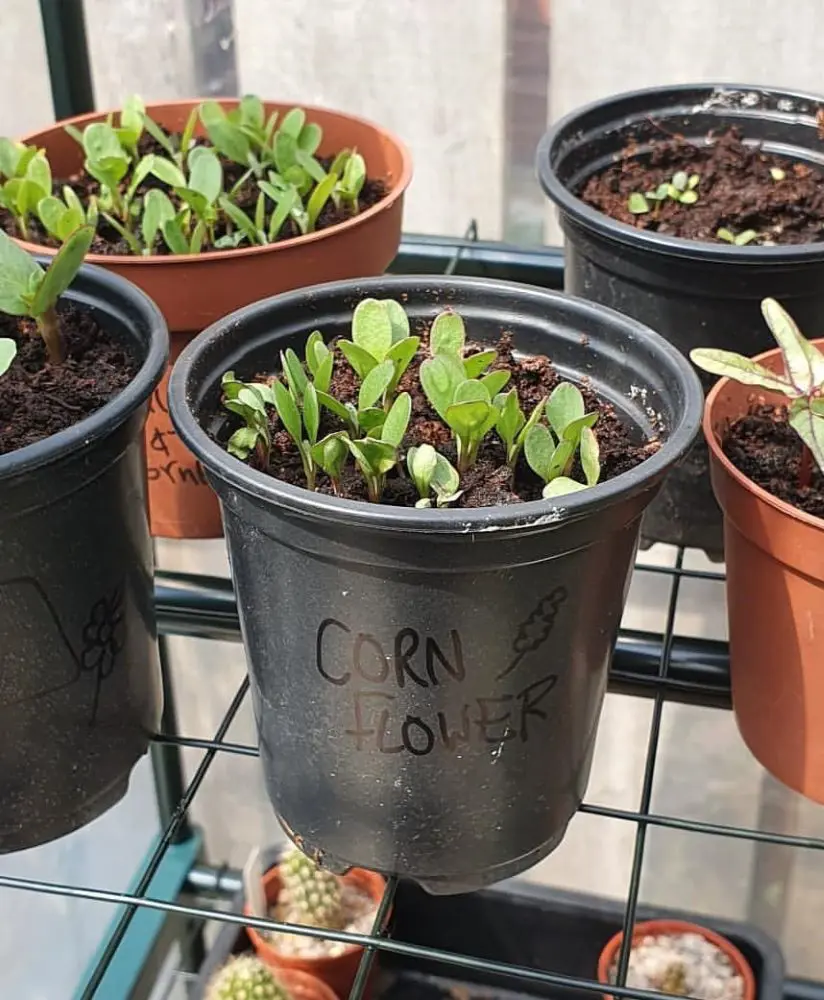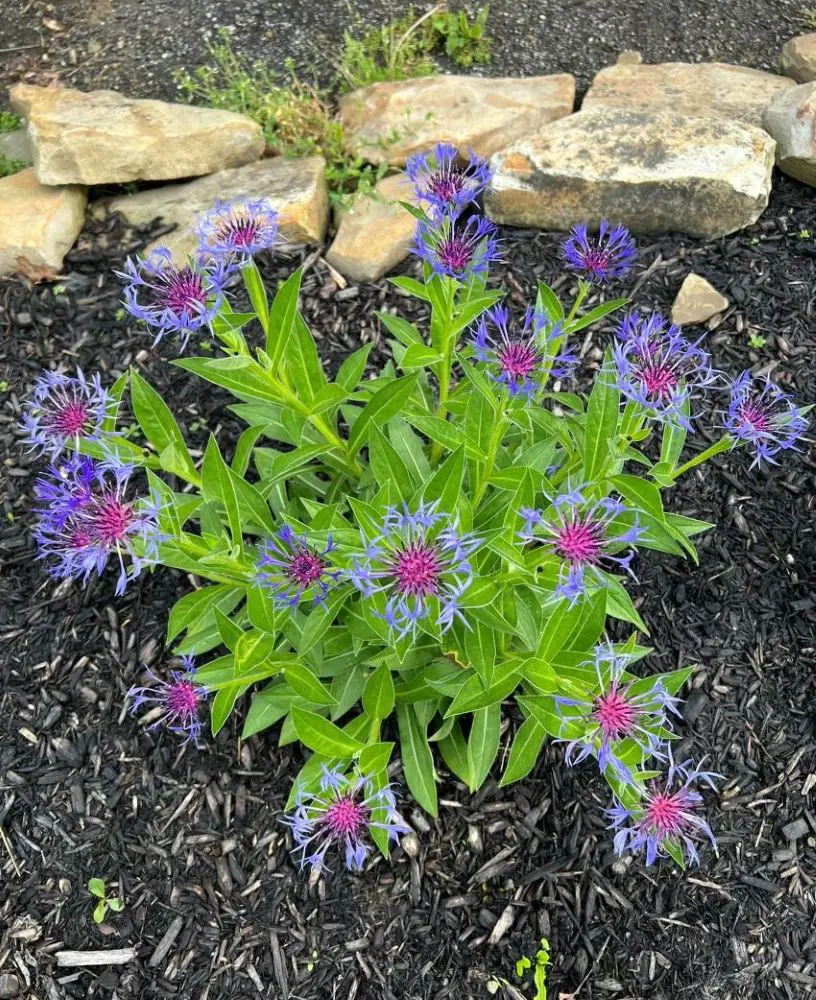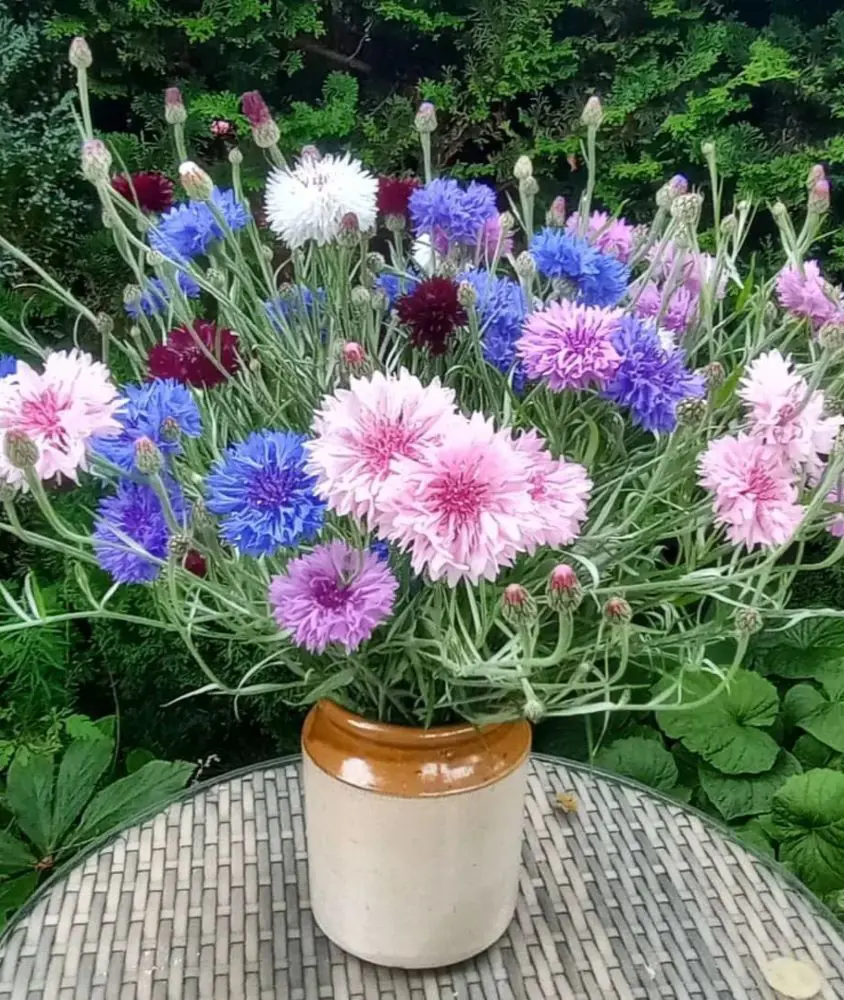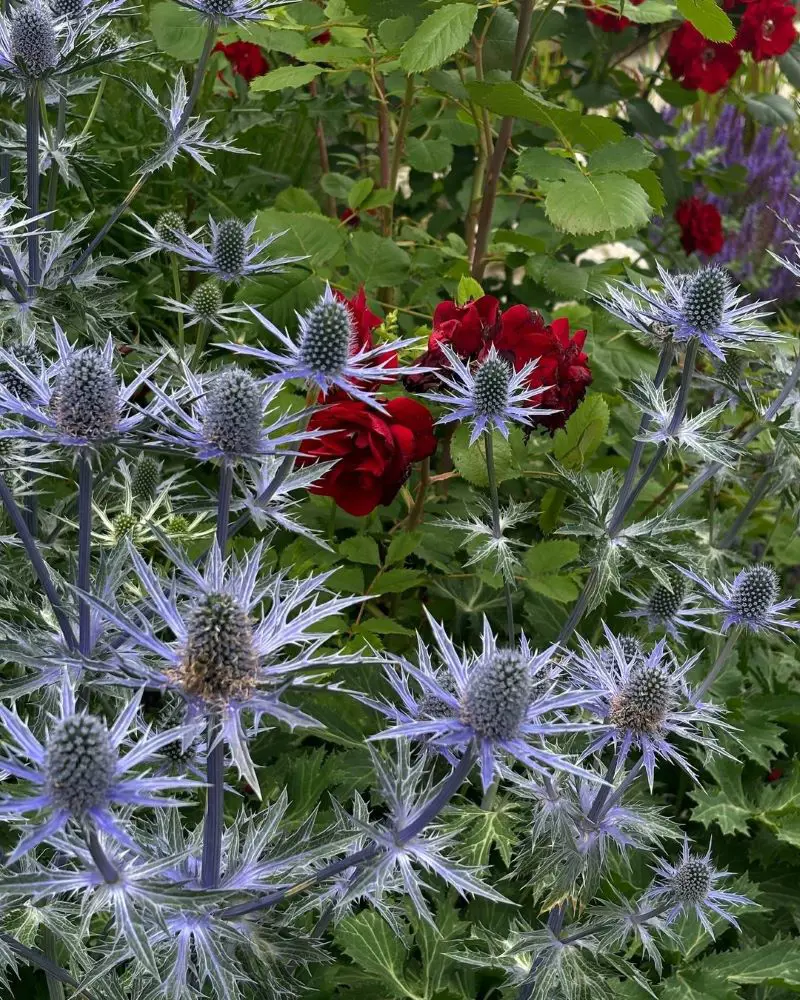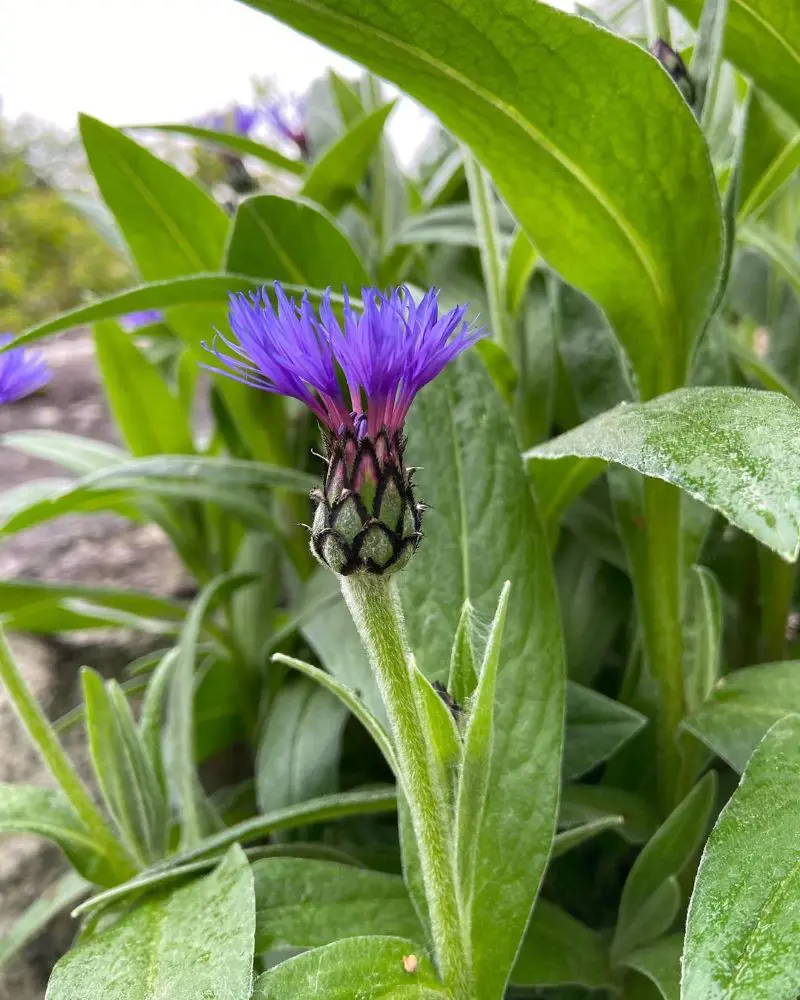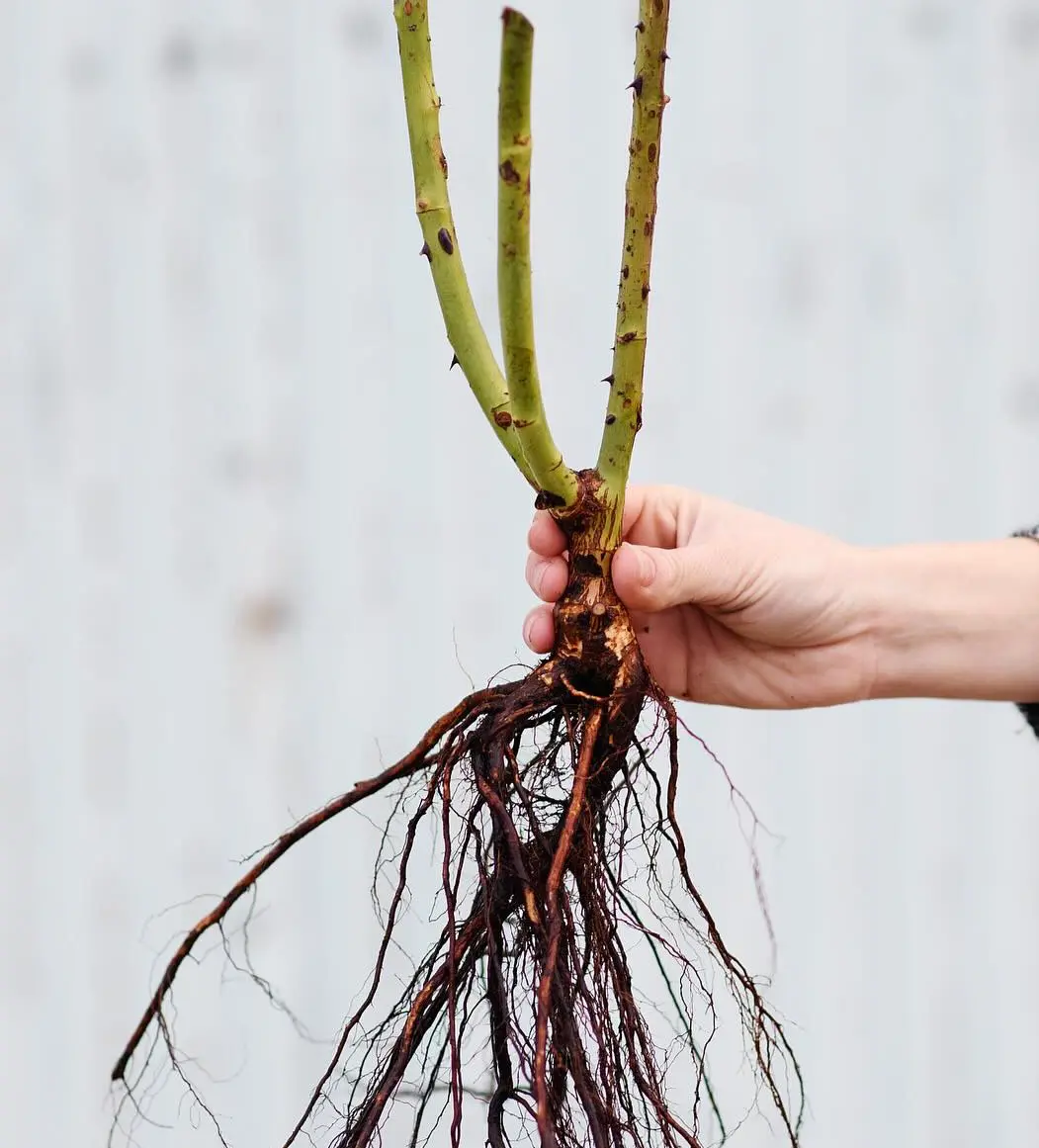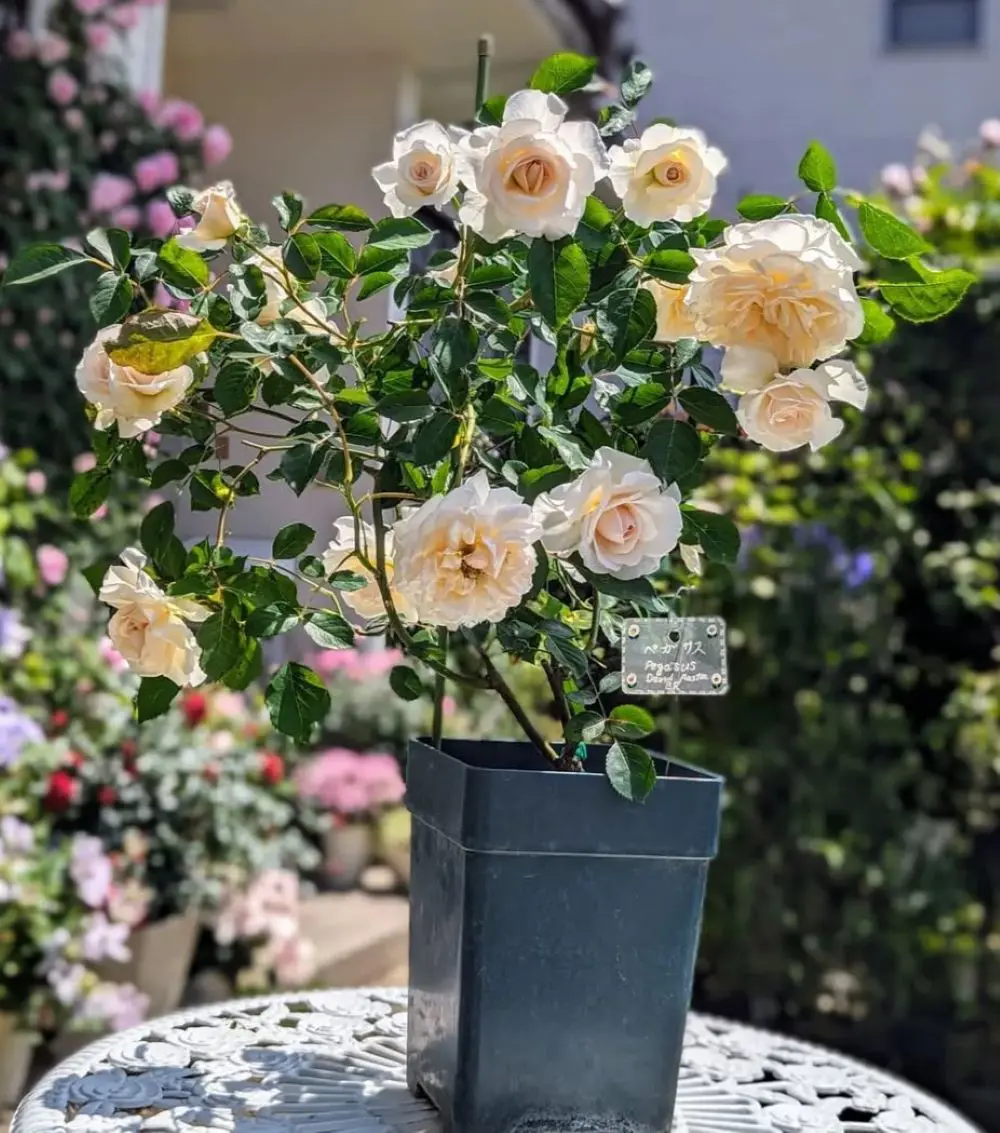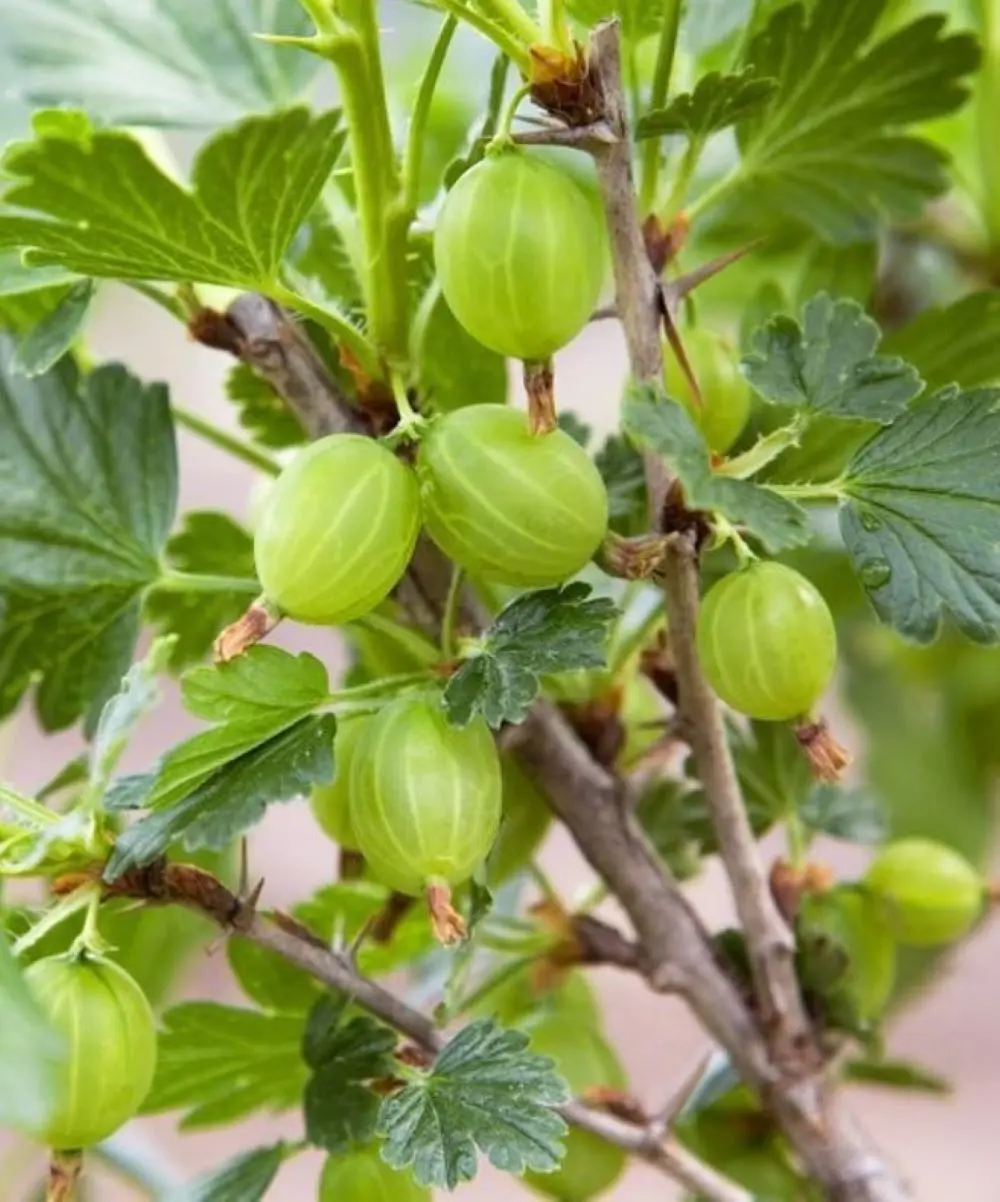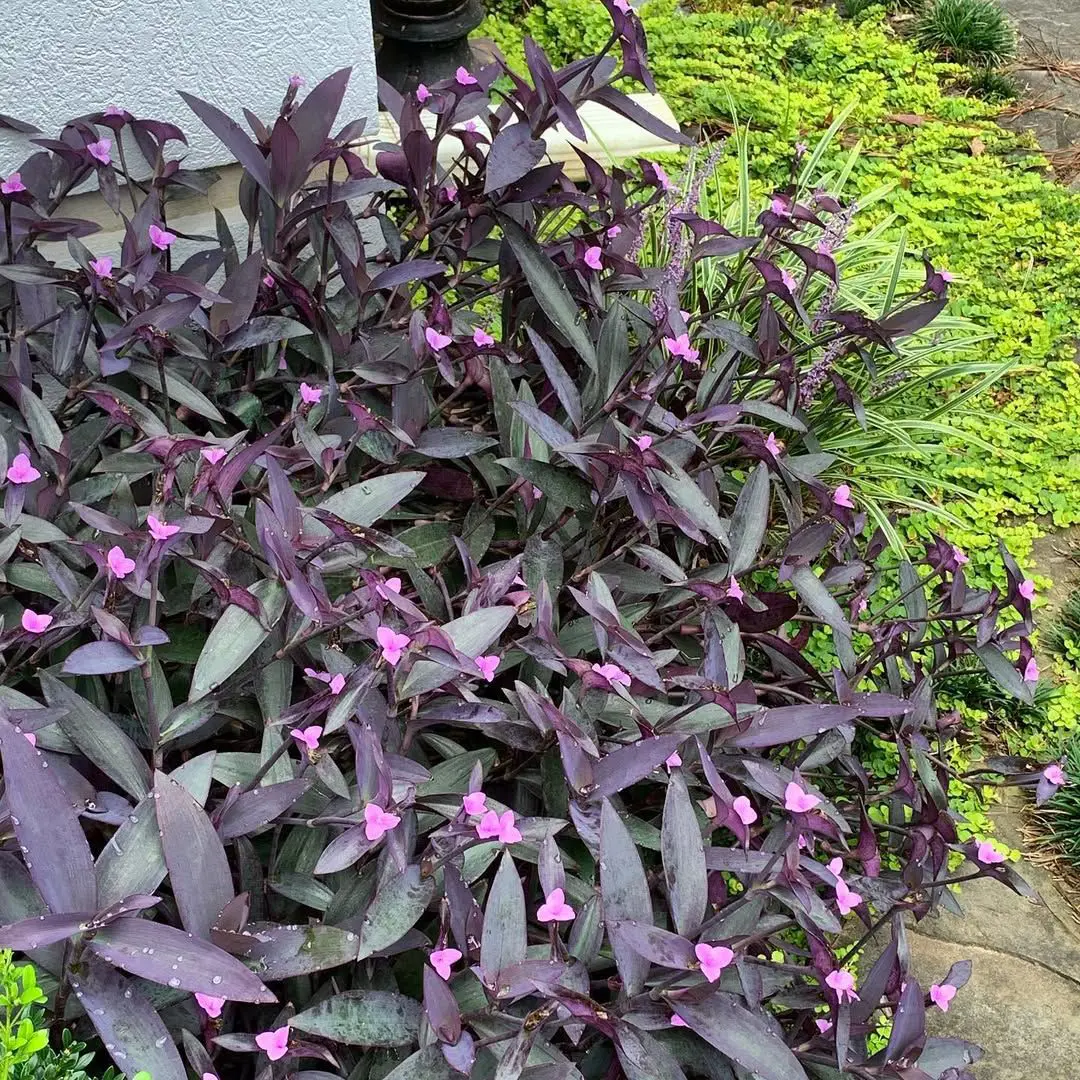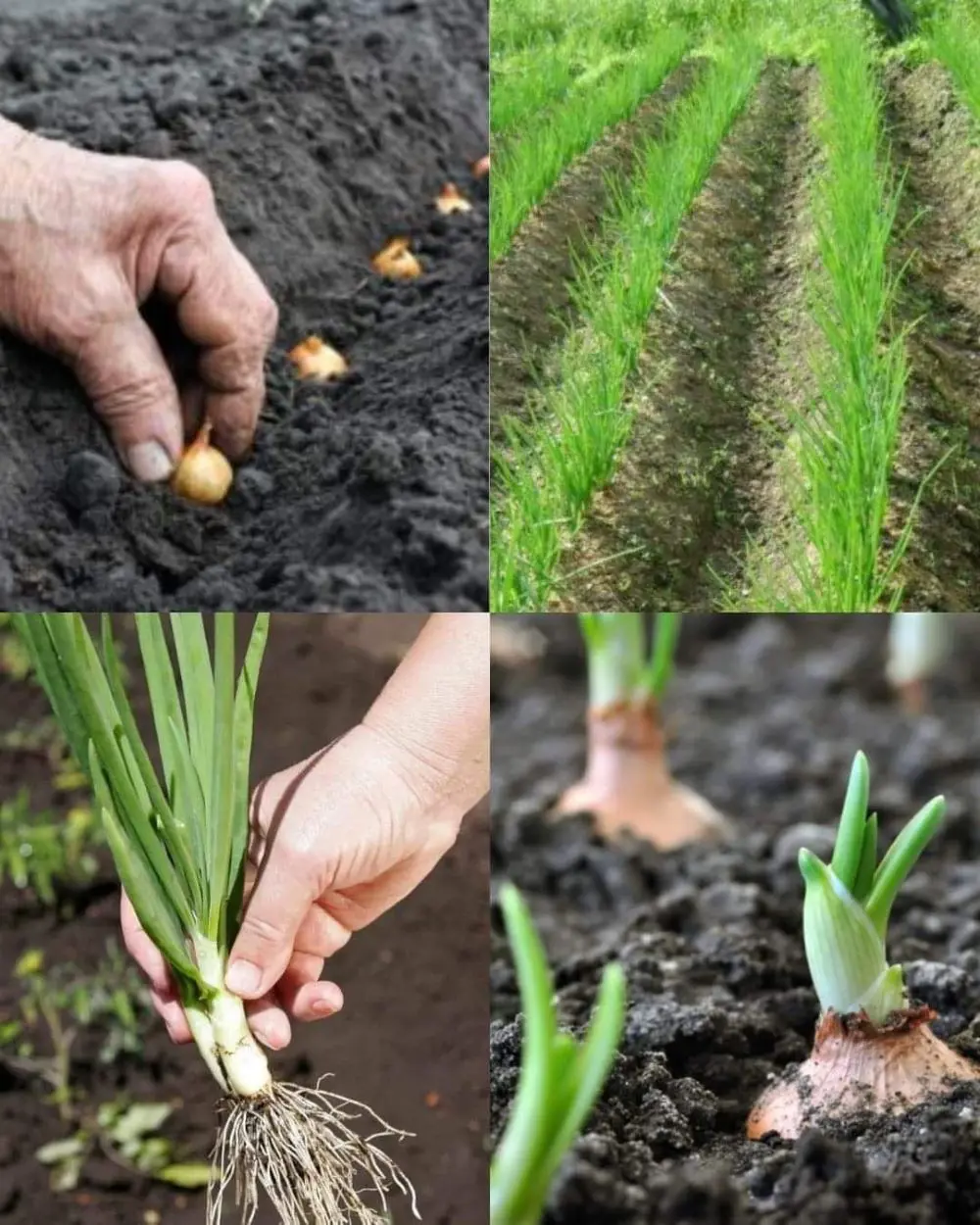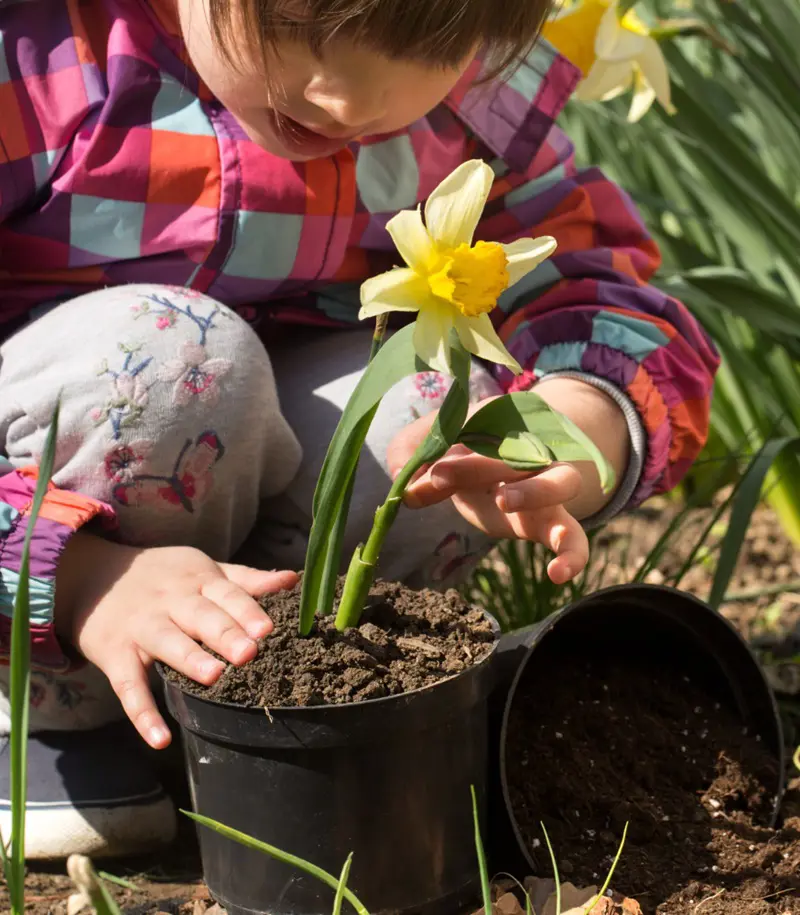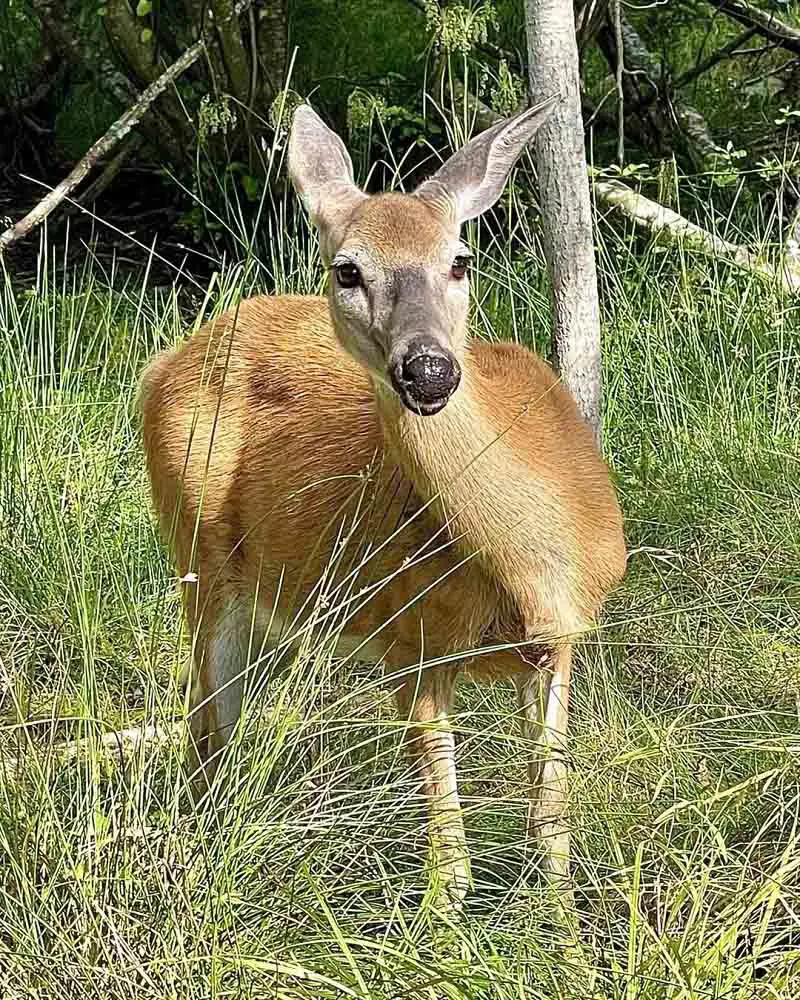How To Grow Bachelor Button
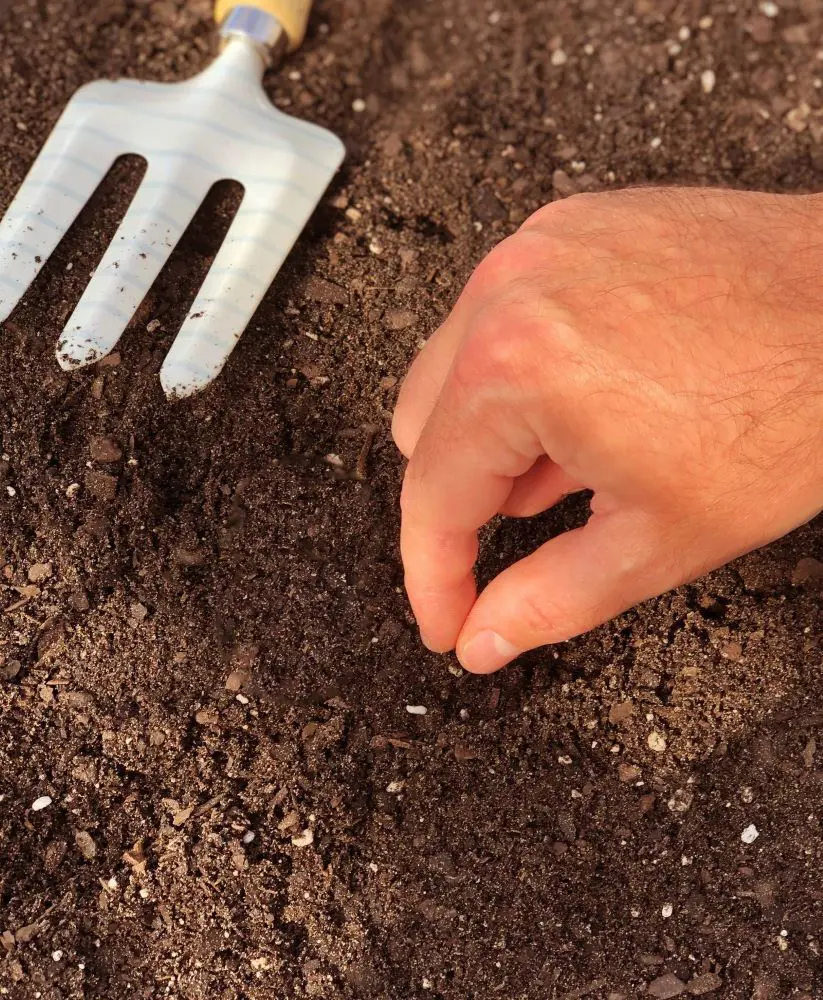
Seeding is the most common method of growing bachelor buttons. Apart from being cost-effective, this technique also leads to the growth of strong, healthy plants adapted to your garden conditions.
While the plant normally takes about 10-12 weeks from sowing to produce flowering plants, the resulting flower in certainly worth the patience.
When To Plant
Plant the bachelor button seeds in early spring after the last frost date for your area. In mild climates, they can also be sown in the fall for early spring blooms.
These hardy annuals flourish in cool weather and can tolerate light frosts. This resilience to cold conditions makes early spring ideal for the plant's growth. Sowing seeds directly into the garden allows the seedlings to establish well in the cooler temperatures, leading to a lively display of flowers throughout late spring and early summer.
Where To Plant
Bachelor button seeds should be planted in a spot with access to ample sunlight. These flowers prefer well-drained soil, so choose a site with good drainage to prevent waterlogging.
Make sure the chosen spot is free from aggressive weeds and has enough space for the plants to grow. These plants can reach heights of 1-3 feet and spread 6-12 inches wide.
Depth, Support, And Spacing
When planting the seeds, sow them at a depth of about 1/4 to 1/2 inch in well-prepared soil. Pat the soil lightly over the seeds to allow good soil-to-seed contact for germination.
Likewise, bachelor buttons don't generally need support unless they are in a windy location or if they grow particularly tall. In such cases, place stakes or provide a light trellis to support the stems.
Space the plants about 6-12 inches apart to allow sufficient room for each plant to grow and develop. Proper spacing ensures good air circulation around the plants, which helps prevent diseases and promotes healthy growth.
